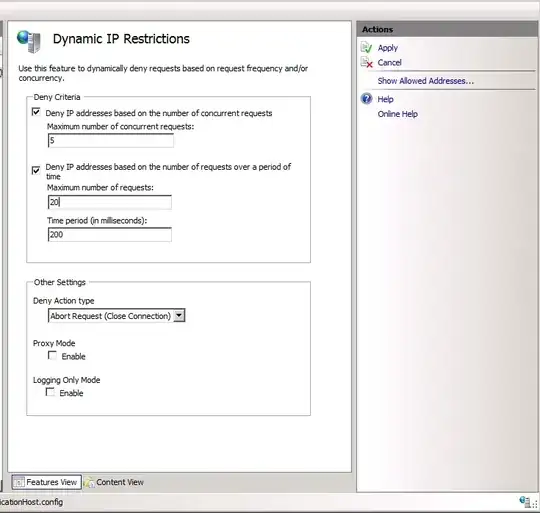We had a major SharePoint outage a few months back because a user wedged their keyboard in such a way as to cause the Enter button to be pressed indefinitely. The user was on a customized people search page and hundreds of POSTs by the same user were submitted asynchronously, which overloaded the server.
Because I work in a large organization, I am looking for a more global way to prevent this from happening.
Is there a way to prevent multiple web form submissions by a common user within a short period of time within IIS?
I am aware we can write javascript to disable the button after it is clicked, but we are hoping to prevent this issue from occurring on other pages where a similar possibility may exist.
Update: It appears looking at the source code, the javascript is performing a document.location = url, whenever keycode 13 (Enter) is pressed. Again, we can write JS to prevent this in this location, but we also want to be able to guard against this kind of issue more generally... preferably at the IIS level.
